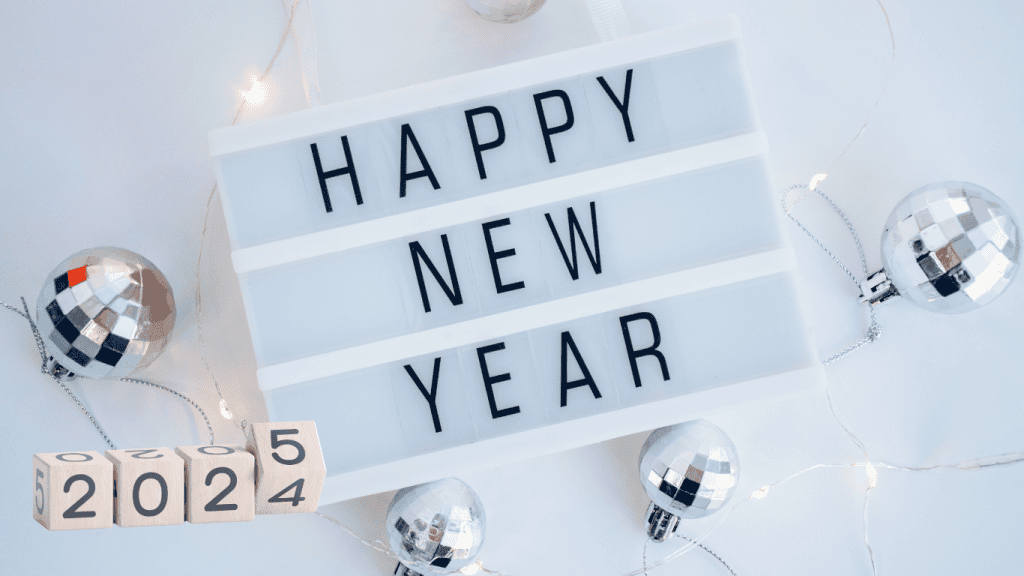Why Rhythms Over Resolutions?
Every year, January rolls around with the promise of fresh starts and big changes. For many, it’s a time to set resolutions—lose weight, save money, start that new hobby. But here’s the catch: by February, most of these resolutions have been abandoned. Why? Because resolutions are often rigid, overwhelming, and difficult to sustain. They focus on achieving an endpoint rather than embracing the journey.
This year, let’s reimagine the way we approach change. Instead of resolutions, try rhythms.
What Are Rhythms?
Rhythms are about flow, not force. They’re small, sustainable habits that fit seamlessly into your life. Unlike rigid goals, rhythms adapt to your seasons, your energy, and your unique needs. Think of them as the steady beat that guides your actions and keeps you moving forward—even when life gets messy.
For example, instead of saying, “I’ll go to the gym five times a week,” you might establish a rhythm of moving your body daily. Some days that might mean a yoga class, other days it might be a walk around the block. The flexibility makes it easier to stick with and reduces the guilt of not hitting an arbitrary target.
Why Do Resolutions Fail?
Most resolutions are rooted in the “all-or-nothing” mentality. Miss one workout or eat one cookie, and suddenly it feels like you’ve failed. Rhythms, on the other hand, are forgiving. They allow for setbacks because they’re about consistency over time, not perfection in the moment.
New Year’s resolutions are a common tradition, yet many individuals find it challenging to maintain them throughout the year. Here are some statistics highlighting the success rates of these resolutions:
- Success Rates: Research indicates that only about 9% of Americans who set New Year’s resolutions feel they are successful in achieving them by year’s end. Discover Happy Habits
- Early Abandonment: A significant number of people abandon their resolutions early in the year. Approximately 23% quit within the first week, and 43% do so by the end of January. Fisher College of Business
- Common Reasons for Failure:
- Unrealistic Goals: 35% of individuals who fail their resolutions attribute it to setting unattainable objectives.
- Lack of Progress Tracking: 33% fail because they don’t monitor their progress.
- Forgetting Resolutions: 23% simply forget about their resolutions over time. Discover Happy Habits
- Health-Focused Resolutions: A majority of resolutions pertain to health, with 79% aiming to improve aspects like exercise, diet, or overall wellness. Drive Research
- Age Differences: Younger adults are more inclined to set resolutions. For instance, 49% of individuals aged 18 to 29 make resolutions, compared to only 21% of those aged 50 and above. Drive Research
These statistics underscore the challenges many face in adhering to New Year’s resolutions, often due to factors like unrealistic goal-setting, lack of accountability, and the tendency to set multiple resolutions simultaneously.
Rhythms also align better with how change happens. True transformation doesn’t come from a single monumental decision; it comes from small, consistent actions. These actions compound over time, creating a life that feels balanced, fulfilling, and in tune with your values.
How to Start Building Rhythms
Ready to ditch the pressure of resolutions and embrace the ease of rhythms? Here are three steps to get started:
- Start Small: Pick one area of your life where you want more balance or consistency. Maybe it’s drinking more water, moving your body, or practicing mindfulness. Start with a simple action that feels doable.
- Focus on Flow: Choose habits that fit naturally into your day rather than forcing yourself into a rigid schedule. For example, if mornings are chaotic, find a rhythm for your afternoons or evenings.
- Adjust as Needed: Life changes, and so should your rhythms. Evaluate what’s working and what isn’t, and don’t be afraid to tweak things as you go.
Why February is the Perfect Time
January is often overloaded with pressure and unrealistic expectations. By the time February arrives, many people feel disheartened. That’s why it’s the perfect time to take a step back and try a new approach. Instead of focusing on what didn’t work, you can embrace rhythms that align with your life and set the tone for the months ahead.
This February, let’s create a life in rhythm. Start small, stay consistent, and watch as these tiny changes grow into something transformational.

